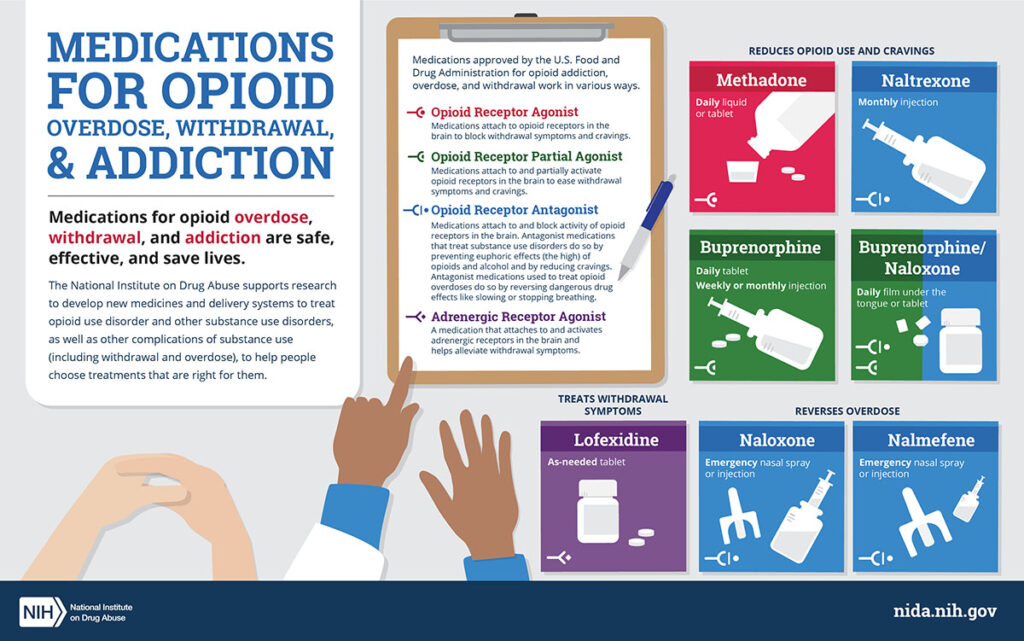Steps to Rotate or Change Opioids
1. Calculate 24 hr dose of current drug.
2. Translate that to equianalgesic 24 hr dose of oral morphine.
3. Calculate 24 hr equianalgesic dose of new drug and reduce dose to 50-75% of calculated dose if pain is well controlled; use 100% otherwise.
4. Divide to attain appropriate interval and dose for new drug.
5. Always have breakthrough dosing available while making changes.
Breakthrough Dosing (immediate release (IR) / short acting meds only) 50-150% of IV basal dose q15 minutes OR 10-20% of 24 hr oral dose q1hr.
Changing Basal Rates (due to inadequate baseline pain control)
Increase rate by 50-100% of IV basal rate q15 minutes.
Give a breakthrough dose each time basal rate is increased.
Ceiling Effect = uncontrollable pain with appropriate increases in dose OR side effects such as neuroexcitation, myoclonus, or protracted central effects.
a) Rotate to another opioid as above.
b) Dose reduce opioid by 25-50% with addition of other treatment for pain.
c) Treat side effect +/- dose reduce.
Partial Reversal with Naloxone: ONLY for overdose in rare cases:
Mix 0.4 mg amp with saline to make 10cc + administer 0.5 -1 ml (0.02-0.04 mg) IV/SC q2-5 minutes until response; naloxone effect shorter in duration than long acting opioids and close monitoring +/- repeat doses sometimes necessary.
Rotation to Methadone
Day 1: Calculate dose (above). Give @ 33% methadone dose + @ 66% of present drug.
Day 2: Give @ 66% methadone dose + @ 33% present drug.
Day 3: Give 100% methadone dose.
Rotation from Methadone
CAUTION: Ratios above do not necessarily apply – consult an expert.
METHADONE: CAUTION: Use only with experience or training in pain mgt.
– Dosing interval is titrated for analgesic effect q4-12h; start with q8h.
– Delayed side effects @ Day 4 after initiation: highly lipid soluble with potential delayed and prolonged side effects that outlast analgesic efficacy.
– Prolonged QT esp at high dose > 200 mg/day; interactions at CYP450 (esp 2D6, 3A4)
– Some common drugs that increase methadone effect: SSRI’s (fluoxetine), TCA’s (amitriptyline), macrolides, metronidazole, antifungals, grapefruit juice.
– Decrease methadone effect: many HIV drugs, carbamazepine, rifampin, phenytoin.

Rotating to and from Transdermal Fentanyl (TDF)
SHORTCUT: Transdermal Fentanyl (mcg/hr) X 2 = approx 24 hr dose of MS PO (mg).
From TDF: Start new drug @ 50% dose for 6-24 hrs after removal of TDF.
To TDF: Continue old drug @ 50% dose for 6-24 hrs after starting TDF.
Bowel Regimen: All patients on opioids should be on a stepped BOWEL REGIMEN:
1. → Senna + docusate (Senokot S) 1-2 tabs twice daily or
→ MOM 30-60 cc twice to three times daily or
→ Lactulose 30-60 cc twice to three times daily or
→ PEG solution (Miralax) 1-4 T daily
2. Double dose or high dose stimulant + osmotic
3. Methylnatrexone (Relistor) for unresponsive opioid bowel while continuing conventional bowel management preparations (this is normally a short-term intervention).
a. Methylnatrexone is a Mu opioid antagonist that does NOT cross BBB
b. Dosing: 8 mg (81-135lb); 12 mg (> 135 lb) or 0.15 mg/kg sc every other day or as needed not to exceed q24hr
Always treat impaction with enemas/suppositories.
Related Post : Bulk-Bill Sleep Study in Adelaide: How to Access Affordable Testing

